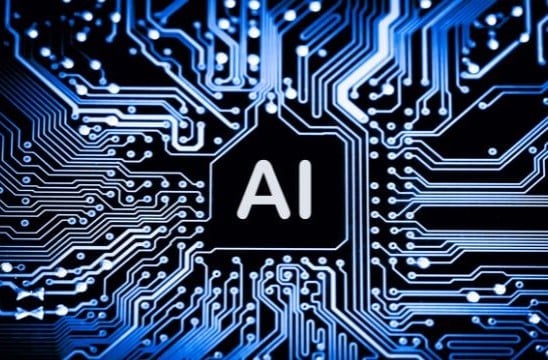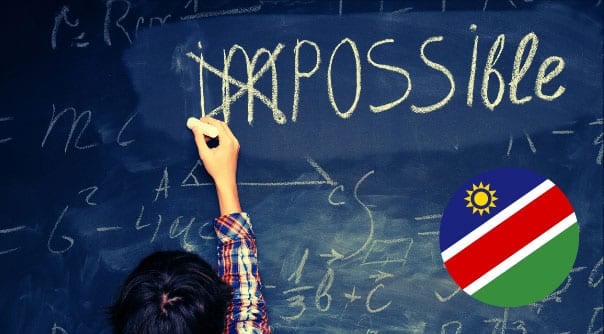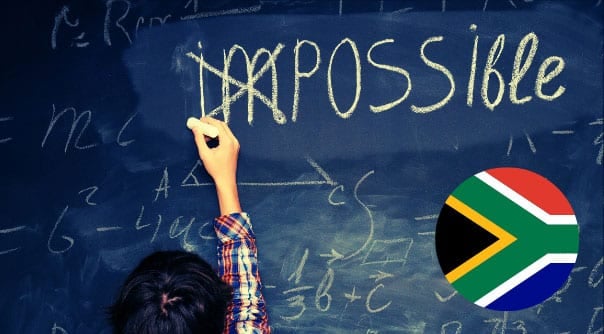
As technology continues to advance, educators are constantly attempting to evolve their pedagogies and methodologies to better adapt to children’s needs. With AI’s rapid takeover of everyday life, it’s time to consider how we may use this powerful tool to improve the education of our children.
Ten years ago, one of the biggest advancements was the use of autocorrect in cell phones. This was a big step forward, both for fixing commonly misspelled words and for supporting people with dyslexia in communicating more efficiently. Today, however, AI is capable of producing entire essays within seconds. So, when it comes to education, it begs the questions: How can AI help learners overcome dyslexia? And are there any negative consequences?
In this article, we look at how AI intertwines with modern approaches to alleviating dyslexia.
Want more support? Book a free consultation to talk about your child’s learning needs.
Table of contents:
- Is AI THE way to solve dyslexia?
- What is dyslexia?
- How is AI related to dyslexia?
- How AI works
- Pros of using AI for dyslexia
- Cons of using AI
- Final word: AI is a supportive tool
Is AI THE way to solve dyslexia?
In this era of rapid technological advancements, it’s tempting to envision a future where AI can solve all our problems. From daily commodities to “curing” certain disorders, many people have concluded that AI is the catch-all solution. When it comes to dyslexia, many AI proponents believe it will completely eliminate the difficulties in the learning process. In fact, some researchers are combining gamification with AI-powered software, touting it as the only way to treat dyslexia.
However, at Edublox, we believe a more balanced approach is required. While AI can be a fantastic resource, holistic dyslexia treatment requires:
- Supporting a student’s socioemotional needs
- Teaching students to adapt when tools aren’t available
- Providing long-term skills for success in and out of the classroom
So, let’s examine dyslexia more closely. Then, we’ll consider why we believe a holistic, human-centered approach to AI yields better long-term results.
What is dyslexia?
Dyslexia is a learning disorder that makes reading, spelling, and writing hard. Likely, due to differences in the area of the brain that processes language, students find it challenging to identify speech sounds or create associations between written letters and words. Others might have deficits in visual processing.
Dyslexia is unrelated to hearing, vision, or intelligence problems. Children do not “outgrow” dyslexia. However, with specialized tutoring and proper education, most children can succeed in school and adult life.
Signs of dyslexia include:
- Misreading the order of letters (from rather than form)
- Confusing similarly-shaped letters (u and n, d and b, m and w)
- Slow or choppy reading
- Skipping words or lines of text
- Avoidance of writing
- Persistent left/right confusion
How is AI related to dyslexia?
Artificial Intelligence is a useful tool for both students and adults with dyslexia. Certain types of machine learning systems can alleviate the effects of dyslexia and make it easier for people to read, write, and organize their daily lives.
AI systems possess a unique ability to adapt and “learn” from our mistakes, which in turn helps them become more personalized to our individual needs. A simple example is how Gmail auto-suggests “this email finds you well.” after you type “I hope.” Or how your phone automatically corrects or underlines those There/Their/They’re mistakes.
So, naturally, we can take advantage of some AI tools to make it easier for students with dyslexia to excel in their academic lives. Just a few examples of these would be:
- Text-to-voice tools
- Text revision tools like Grammarly or Hemingway
- Text generation tools like ChatGPT
- Summary tools
- Formatting tools like Bold Reader
How AI works
Now that we understand that AI tools can help alleviate the effects of dyslexia, let’s dive a bit deeper into how AI works.
Artificial Intelligence systems gain their “intelligence” by utilizing machine learning. In other words, they are programmed using complex algorithms to process and adapt as time goes on.
As described by James Irvin, there are six primary stages to modern machine learning:
- Data collection
- Data preparation
- Training
- Evaluation
- Tuning
- Prediction
While technology is still far away from developing into any dystopian ‘I Am Mother’-style robots, these concepts of analyzing, adapting, and predicting are still present.
Let’s look back at the autocorrect example. If your phone continually sees that you type “frist,” then you delete the word and write “first,” it will analyze that data. Through machine learning, your phone might start automatically correcting “frist” to “first” without your intervention.
Pros of using AI for dyslexia
Now that we have a better understanding of AI tools as they relate to reading and writing, let’s look at some of the advantages of using it for children with dyslexia.
When it comes to dyslexia, AI can:
Help with comprehension
From text-to-speech tools to formatting tools, we can use AI to improve comprehension in many different ways. These programs can be tailored to the specific needs of students with dyslexia, helping to alleviate comprehension difficulties.
Provide inspiration
As dyslexic students often find it challenging to begin writing tasks, some tools can be used as a springboard. For example, ChatGPT can be used to generate idea lists or even outlines. These tools can effectively help overcome the initial starting barrier and make these writing tasks more manageable.
Consolidate information
Another useful ability of AI is to summarize, simplify, and consolidate information. Lengthy texts can be summarized quickly to make them easier to understand. While this does not replace reading comprehension skills, it can be a valuable supporting aid.
Cons of using AI
Artificial Intelligence is still far from perfect. Educators and parents understand that while it is a helpful tool, it still has some downsides.
Here are the most notable cons of using AI.
No human element
AI tools might be an added support, but they can’t replace the human aspect of education, such as caring teachers motivating their students or adding a personal touch of creativity in writing. So, while they can support the more technical aspects of reading and writing, the people and emotions involved must also be considered.
AI text generation doesn’t replace fundamental pedagogies
Think back to the example about summarizing texts. While this can be a helpful aid for students struggling with reading comprehension, it doesn’t replace the need to develop reading skills. Educators still need to help students understand the fundamental concepts of reading and writing.
Students can be tempted to copy and paste
A real problem in the classroom is the temptation for students to use AI-generated texts and submit them as their own. This can be particularly true for students with dyslexia, who may struggle to find motivation without proper support. Educators must ensure that students learn how to properly use these tools as an aid — not a replacement.
Final word: AI is a supportive tool
At Edublox, we believe that AI is a supportive tool that can be instrumental in helping children with dyslexia find success. Just as a calculator is not a replacement for an accountant, AI tools do not replace the need for professional educators.
If your child struggles with dyslexia or other learning difficulties, feel free to reach out for a free call.
Edublox offers cognitive training and live online tutoring to students with dyslexia, dysgraphia, dyscalculia, and other learning disabilities. Our students are in the United States, Canada, Australia, and elsewhere. Book a free consultation to discuss your child’s learning needs.
References and sources:
Barua, P. D., Vicnesh, J., Gururajan, R., Oh, S. L., Palmer, E., Azizan, M. M., Kadri, N. A., & Acharya, U. R. (2022). Artificial intelligence enabled personalised assistive tools to enhance education of children with neurodevelopmental disorders: A review. International Journal of Environmental Research and Public Health, 19(3), 1192
Mayo Foundation for Medical Education and Research. (2022, August 6). Dyslexia. https://www.mayoclinic.org/diseases-conditions/dyslexia/symptoms-causes/syc-20353552
Pontikas, C. M., Tsoukalas, E., & Serdari, A. (2022). A map of assistive technology educative instruments in neurodevelopmental disorders. Disability and Rehabilitation: Assistive Technology, 17(7), 738–746


